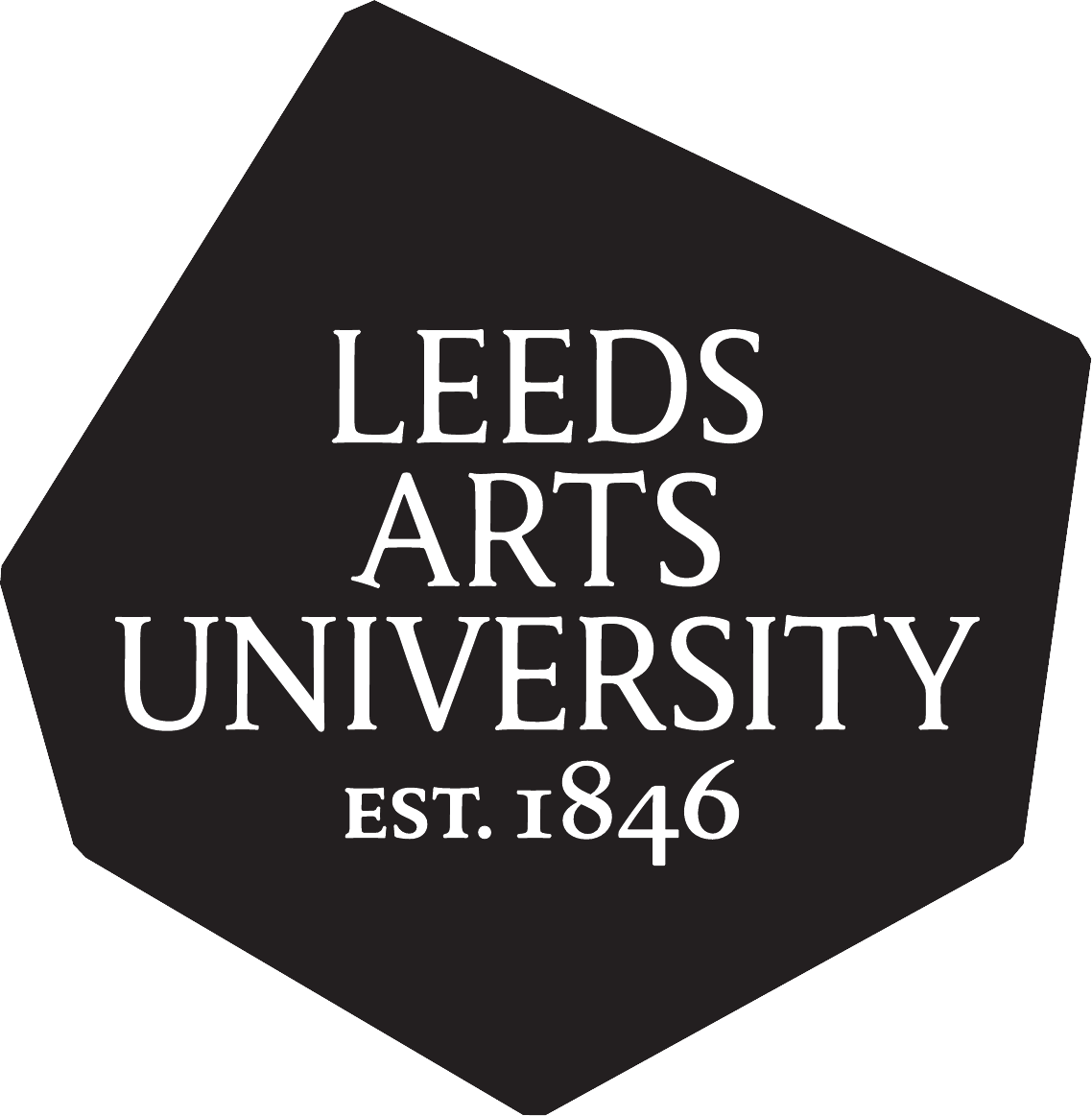Inclusion in the art and design curriculum: revisiting Bernstein and 'class' issues
Broadhead, Samantha 
Abstract
Students who have started their undergraduate degrees in art and design with an Access to HE diploma rather than A’ Levels and a Pre-BA Foundation Course can be described as ‘non-traditional’ because they have had different previous learning and life experiences. They are likely to be seen as mature and also to come from under-represented groups in higher education. This discussion revisits the work of educational sociologist Basil Bernstein in order to explore how non-traditional students with diverse backgrounds are at times excluded from the visible and invisible pedagogies of art and design higher education. Bernstein has described how seemingly opposing pedagogic models act selectively on different social groups, privileging the middle classes. Bernstein proposes that educational institutions construct curricula based assumptions about the currency of students’ skills and their access to resources such as time and space. By looking at the pedagogic devise of studio practice, which is often central to an art and design education, it is possible to see it as an example of an implicit invisible pedagogy which is framed by a more explicit visible one. Due to aspects of surveillance that are associated with an invisible pedagogy non-traditional students from backgrounds other than the middle classes are in danger of being misread by tutors. In turn these students are likely to misread the significance of studio practice as a means of being creative.
Actions (login required)
 |
Edit Item |

